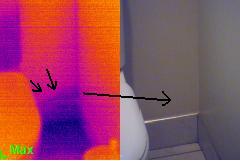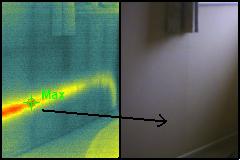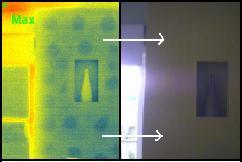Is there leaks or moisture hiding behind the walls of your future home?
When buying a home, 100% of the financial risk is on you. Wise home buyers do not take any short cuts during the pre purchase inspection process.
There are many homes for sale in New Zealand that look great and are of solid construction, but there’s also many homes that look great but could be an absolute can of worms. Remember, once you’ve paid your money, it’s too late to turn back… so take every measure you can during the pre purchase inspection phase.
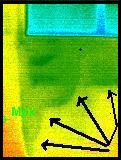
An infrared camera can see what you and I can not see (like signs of leaks, moisture and missing insulation behind walls), so taking that fact into account, it’s only logical that the camera is going to reveal other potential issues with the home that the real estate agent, the building inspector, the seller and yourself don’t even know exist (unless you rip the wall and ceiling down as part of the pre purchase inspection… unlikely). You wouldn’t believe the amount of leaks I’ve found in some homes that didn’t show a trace of evidence they were even there! (See infrared photos of leaks HERE that i’ve found during pre purchase inspections).
The real estate agent selling you the home isn’t obligated to know what the moisture levels of the home are, that’s not their job, so it’s up to you to find out. The scary part is that most home buyers don’t even consider what could be lurking behind the walls before handing over their cash! The only person at risk when buying a home is you, so the least you can do is safeguard your investment and get it checked for moisture and leaks (in addition to a building inspection) before going ahead with the deal.
New Zealand has a wet climate, so most homes will leak at some stage… and the home you’re looking to buy could be an absolute dog (but nice to look at), or it might be just fine. Are you willing to take the gamble, or does the saying “slow and steady wins the race” have a better ring to it?
Buying a home can be fun and rewarding for some people, but for many buyers the experience has turned into an absolute nightmare… and to top it off, their bank account has been sucked dry in the process! Remain savvy at all times when buying a home, after all, we are talking about an investment of $100’s of thousands of dollars… and 100% of the risk is soley on your shoulders in this transaction.
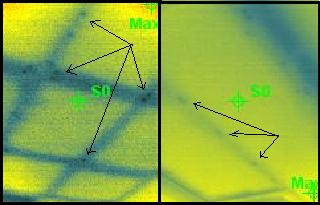



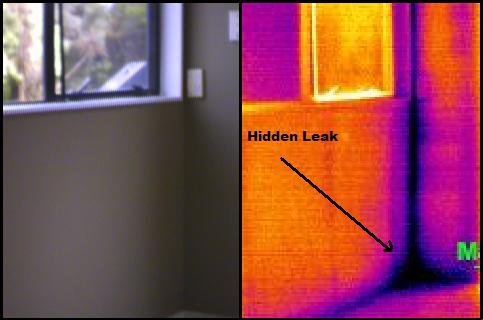
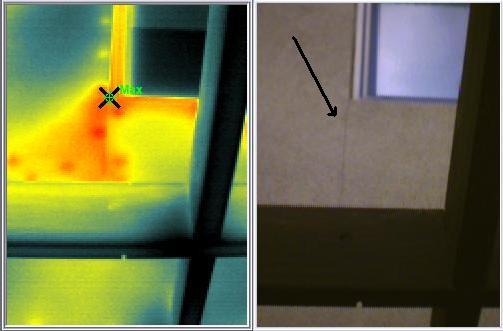
 confirm the source of the leak.
confirm the source of the leak.
